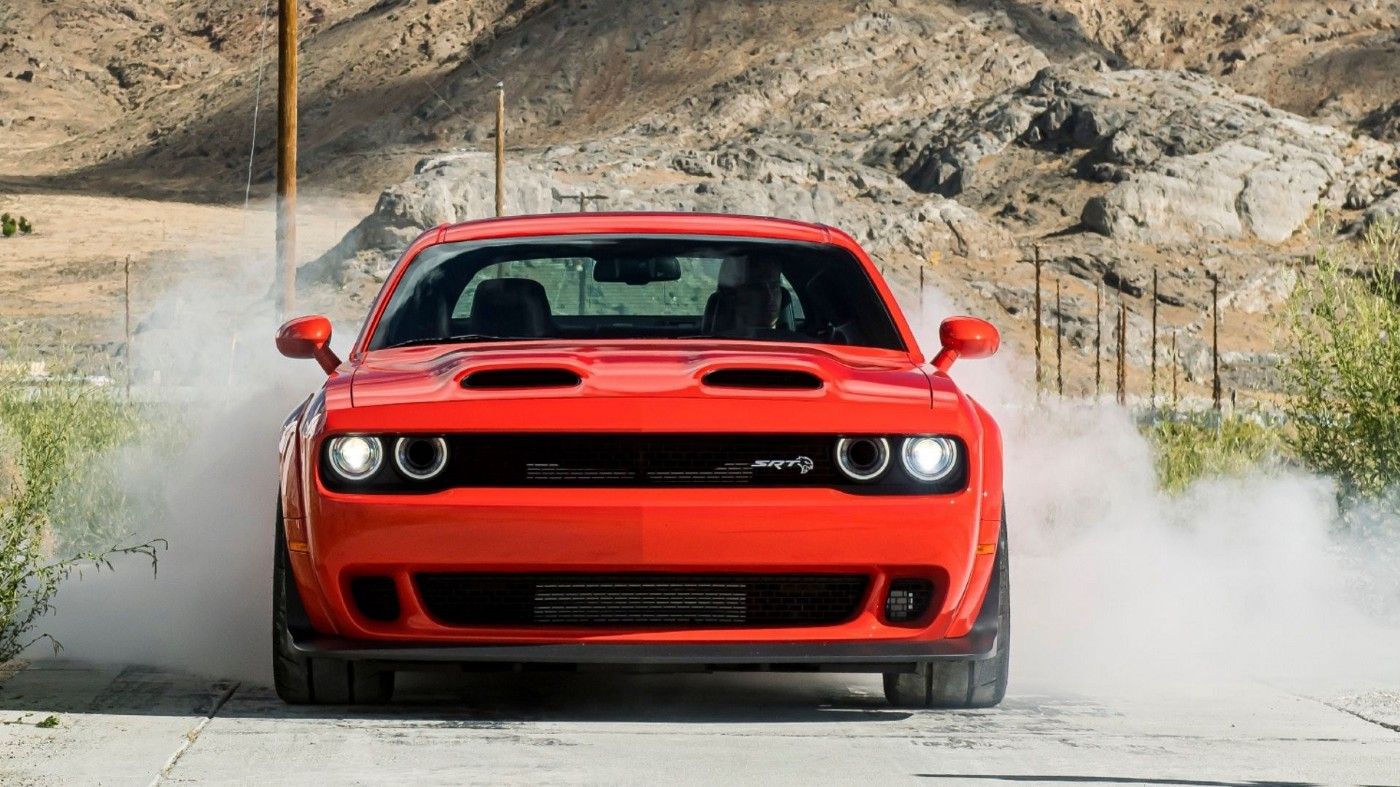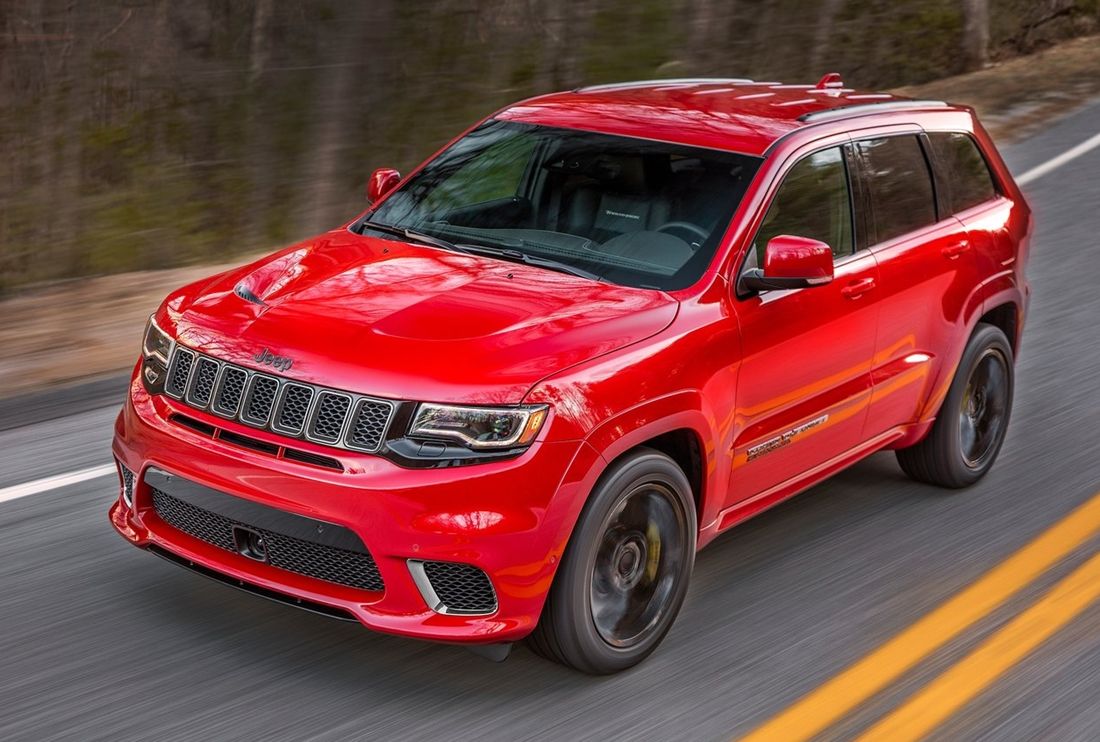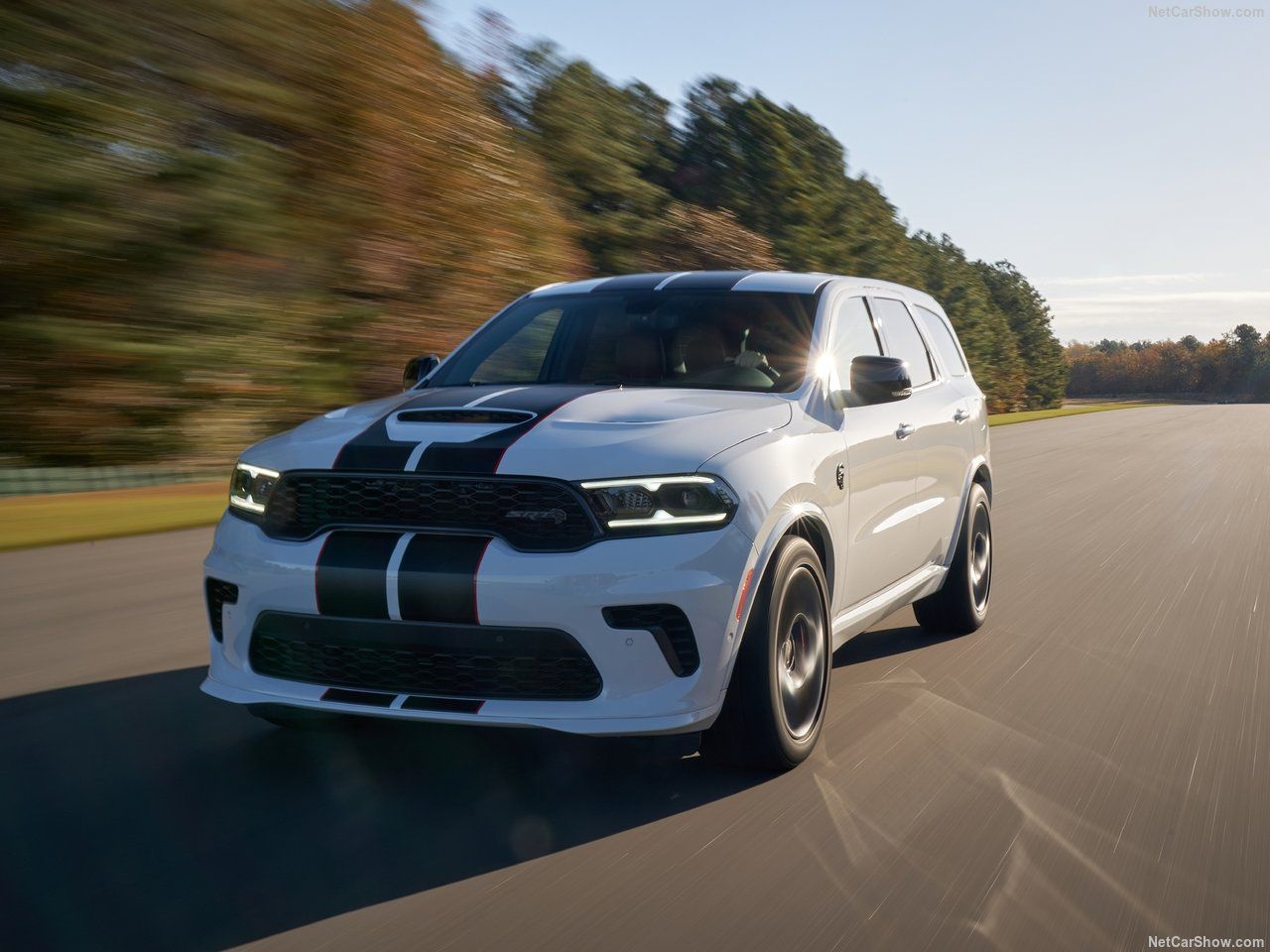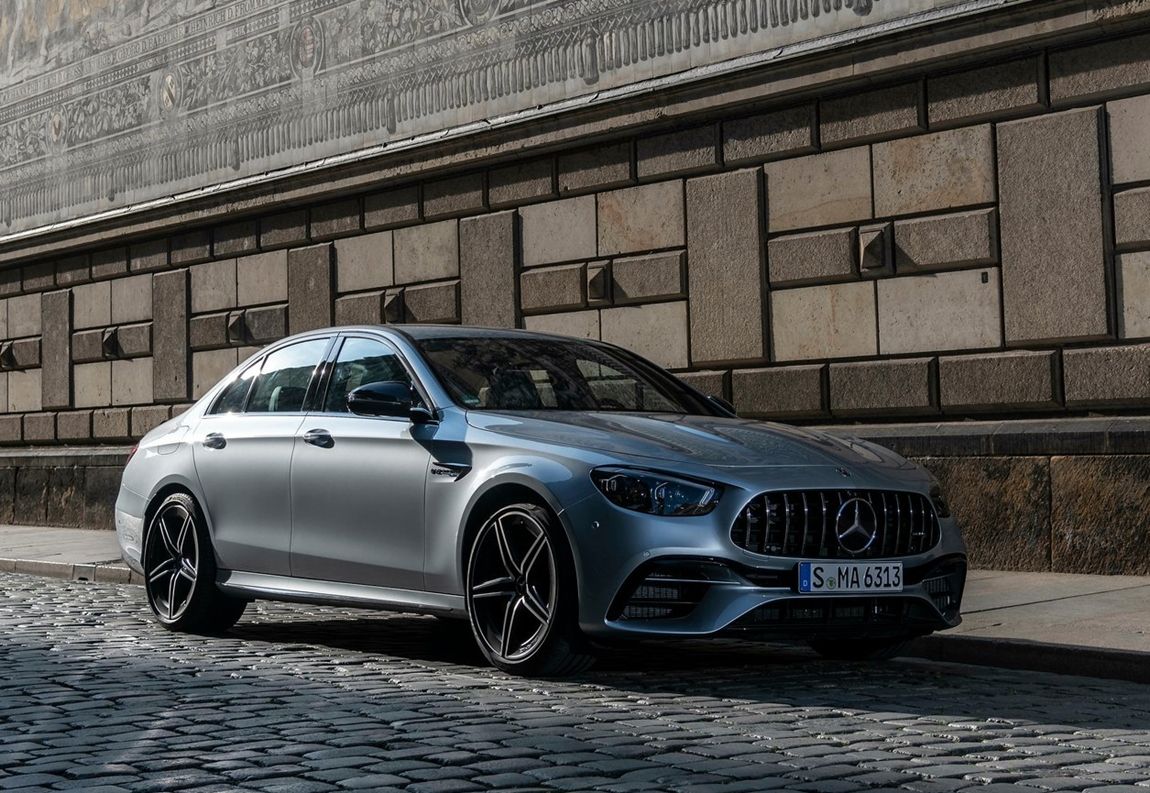Most times, automakers have certain strong suits when it comes to certain types of vehicles. For example, Toyota excels at hybrids of all sorts and Tesla makes very good electric cars, as we all know. But not many brands have been able to master the art of finely crafting pure muscle cars. Stellantis, the giant conglomerate of vehicle brands such as Fiat, Peugeot, and Chrysler, is the exception here.
Stellantis came into existence recently as major automakers Peugeot and Fiat Chrysler Automobiles decided on merging. Fiat Chrysler was the half that brought all the muscle expertise. With its portfolio of brands like Dodge and Jeep, they have an arsenal of sheer muscle car goodness that not many other brands can boast of.
Muscle cars in their current form will not be around much longer with their big and thirsty V8s. It is yet to be seen what the era of electrified muscle cars will look like, but if Stellantis has anything to do with it, we can be sure it'll surely be authentic. Until then, we can still appreciate the classic muscle expertise that Stellantis brings to the table.
Hence, here is everything you need to know about what puts Stellantis at the top of the class when it comes to the production of modern muscle cars.
Why Stellantis Is The King Of Modern Muscle Cars: V8s To Spare
There has been a mass extinction of V8s across many automotive brands; even for some brands that previously had V8s as a staple of their lineups. Smaller displacement paired with turbochargers is commonplace in cases where eight-cylinder engines have been retired within lineups. But Stellantis has kept the V8 alive in both naturally aspirated and supercharged forms. Both versions of the V8 has been finely tuned to not only give you peak performance, but also some sweet and harmonious exhaust notes.
These impressive power plants are also not just limited to just one brand within Stellantis. They have been seen in multiple brands that span the likes of Dodge, Jeep, and even Ram. One of the best aspects of Stellantis’ approach to muscle, is that it's no longer solely confined to just cars. Competitors like Ford and Chevrolet only give you muscle in terms of a two door couple like the Camaro or Mustang. But Stellantis will sell you a vehicle with muscle car roots in a sedan, SUV, truck, and other variations.
Why Stellantis Is The King Of Modern Muscle Cars: Big Numbers To Back Big Engines
The big and brutish engines in Stellantis’ portfolio have the performance specs to back it up. At times, Stellantis vehicles like the Dodge Challenger and Charger Hellcats have held performance records. In vehicles like these, we see top speeds around 200 miles per hour and 0-60 mph times in the three-second range. In other cases, you see vehicles like the Ram TRX and Dodge Durango Hellcat offer best in class acceleration and overall performance.
One of the biggest surprises with things like this is that these big numbers come in the form of vehicles that have no business going that fast. The Dodge Durango Hellcat is a three-row family SUV that has more than 700 horsepower and does the quarter mile in just over 10 seconds. On the other hand you have the Jeep Wrangler Rubicon 392 which is already an off-road icon, but now combines that with some of the highest torque numbers you can get in a mainstream off-roader.
Why Stellantis Is The King Of Modern Muscle Cars: Competing Models
Stellantis competes largely in the mainstream market rather than in the luxury segment, and there isn't as much competition from other brands in that space that can effectively rival Stellantis. You have to move upmarket in order to frequently see the performance specs and variety that rivals what Stellantis offers. Notably, you only see alternatives to Stellantis vehicles when comparing them to Mercedes-Benz’s AMG division or BMW’s M line of vehicles. But even in a comparison like this, you do not get the same kind of muscle car identity that Stellantis offers.
Along with the solely unique identity of Stellantis vehicles, the company also undercuts the prices of several other rival models that have comparable performance. All Stellantis muscle cars, even with their hefty V8s, are in the price range of $50,000 and rarely break the $100,000 mark. In contrast, rivals from luxury automakers start at over $100,000.
We see multitudes of change in the performance vehicle market, either in effect or in the form of future plans. The muscle car market has been in vogue for some time now. So much of this market is dependent on large engines and the grunt that accompanies each of them. A future of autonomous vehicles and electrification seems to fly in the face of all that muscle cars are about. But Stellantis is too good at muscle cars to let them go that easily. Regardless of whatever happens, the future of muscle cars still remains bright, thanks to automakers like Stellantis.




